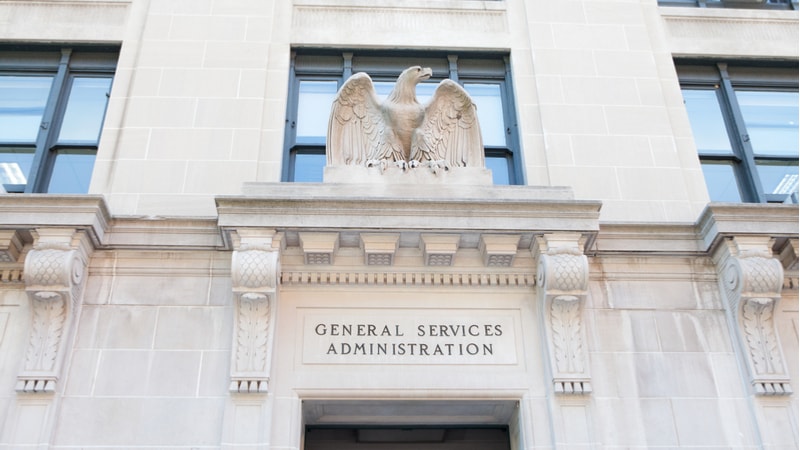
The General Services Administration’s Enterprise Infrastructure Solutions (EIS) contract aims to aid modernization, support secure connections through various methods, and allow agencies to focus better on their mission, according to participants on a webinar titled “Building and Securing Government’s Connected Future with EIS,” hosted by FedInsider and sponsored by CenturyLink.
“It’s really just so important that we have this vehicle in place for modernization,” said Kay Ely, assistant commissioner for the Office of Information Technology category in the Federal Acquisition Service within GSA. “We tried to, and did, incorporate a lot of modernization and things that the agencies need in the contract itself.”
Ely noted how EIS was mentioned as a tool in the President’s Management Agenda, and how Congress created the Technology Modernization Fund shortly thereafter. “It really is unprecedented in my career … to see both ends of Pennsylvania Avenue working very closely together for IT modernization.”
“We have agency officers, if you will, that are people in my organization that are identified to work specifically with an agency to answer their questions and to help them with transition,” Ely added, noting that about 70 people within GSA were assigned to agencies. Among other efforts to ease the transition, Ely noted the Transition Ordering Assistance contract to offer support on solicitations, and a “Meet Your EIS Vendor” day with agencies and vendor partners.
“If we go back in time, I think what we found was a fortunate cycle between contract vehicles and technology. They were very much in sync,” said Dave Young, senior vice president of strategic government at CenturyLink. “What we have to do is get into a new culture, a new rhythm around how we embrace and use technology. It’s not through contract change anymore.”
The shift in mentality also extended to how secure connections are established.
“From my perspective, it’s more important about securing the information, securing your access to important information, and not necessarily worrying about how you’re accessing it,” said Gary Barlet, CIO of the Office of the Inspector General at the U.S. Postal Service. “I don’t travel anymore without using a navigation app. I don’t necessarily worry about which road I’m on, what county I’m passing through, as long as I get from point A to point B, that’s what’s important to me. For my customers, that’s what important to them.”
Participants also noted how EIS would help them focus on their agency’s true mission.
“For us, we don’t have enough [resources] to cover down on all the missions we have,” said Dr. Leslie Perkins, deputy CTO for the Air Force Information Dominance and CIO (SAF/CIO A6). Perkins described the size of the Air Force’s mission as “operat[ing] cities.” “We do a lot of different things, so in order to do a lot of different things, we have to have folks who are focused on the mission and not necessarily on doing the network and possibly providing all the security, except where it’s mission related. We’re revectoring and looking at … how do we get out of a business that we are not the best in, and get into the areas that, no kidding, are our primary jobs?”
